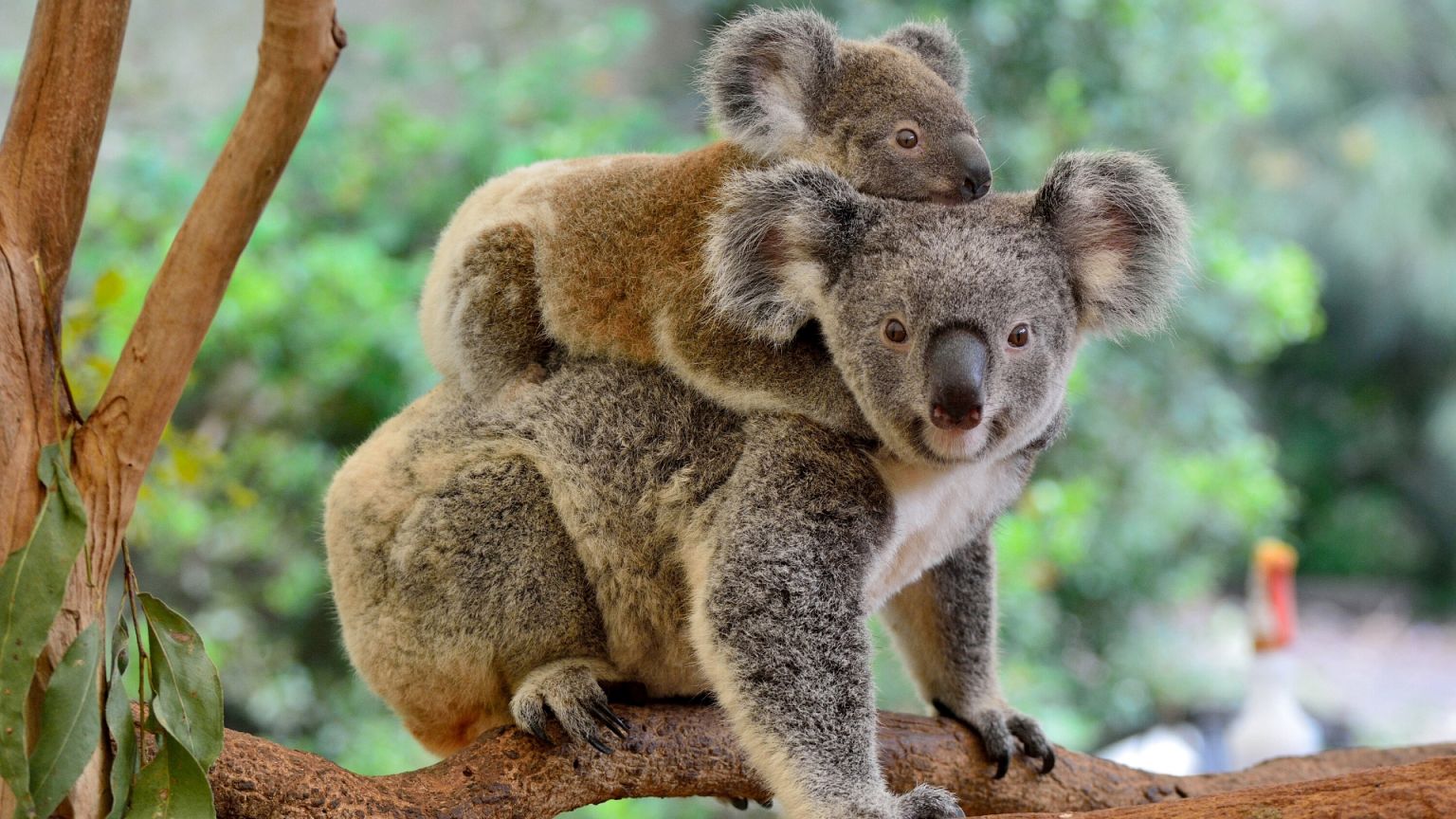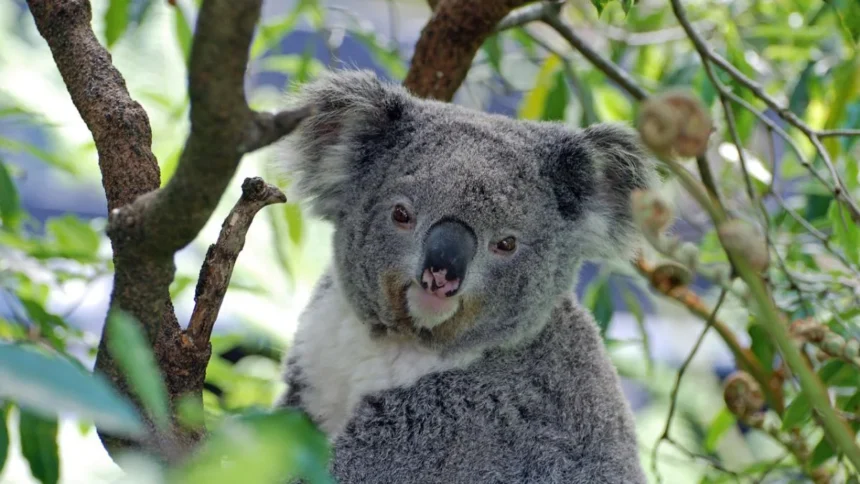Introduction
In an extraordinary discovery, researchers from the University of Newcastle have uncovered more than 4,300 koalas living in bushland on the urban fringes of Newcastle, New South Wales. This landmark finding was made possible using advanced drone and thermal imaging technology, offering new hope for koala conservation efforts across Australia.
The study, which surveyed approximately 67,300 hectares across 208 sites, reveals that these iconic marsupials are not just surviving but thriving in peri-urban ecosystems — even in areas previously affected by wildfires.
Hidden Koalas in Newcastle’s Fringe Forests

Lead researcher Shelby Ryan stated that the use of drones allowed the team to detect koalas in minutes — a process that traditionally took hours on foot. The survey found an estimated 4,357 koalas, with the highest density recorded in Maria National Park (around 521 koalas per 3,350 hectares).
Interestingly, the Sugarloaf State Conservation Area — long thought to host few koalas — showed over 290 individuals. Local Indigenous expert Daryn McKenny, who first sighted koalas in the area years ago, contributed his knowledge to the project.
“These forests are their home,” said McKenny. “It’s our job to make sure they stay safe there.”
Advanced Survey Methods
The survey used thermal imaging drones to identify heat signatures resembling koalas. These “yellow hotspots” were then confirmed using spotlights and expert verification. Each koala was counted and added to a spatial dataset that included terrain slope, vegetation cover, and soil moisture.

Dr. Ryan Witt of the University of Newcastle explained that the data was extrapolated using a predictive model. “This model can project population estimates even for areas we couldn’t physically access, such as private land,” he said.
This method marks a huge leap in how wildlife abundance is monitored, especially for elusive species like koalas.
Impact on Conservation Goals
The results feed directly into WWF-Australia’s 2050 Koala Recovery Plan, which aims to double the national koala population by mid-century. The organization co-funded the research and called the findings “critical” for policy planning and habitat protection.
“You can’t save what you can’t count,” said a WWF spokesperson. “This survey gives us a scientific baseline to work from. Accurate koala population data is the holy grail of conservation.”
Koalas in a Changing Landscape
Roughly two-thirds fewer koalas were found in parks severely burned during the 2019–20 Black Summer bushfires, highlighting the urgency of forest regeneration and fire management strategies.
Despite this, the ability of koalas to repopulate and adapt to peri-urban environments shows their resilience — provided their habitats are protected from further urban sprawl, logging, and climate-induced threats.
Community Involvement and Indigenous Knowledge
McKenny emphasized the importance of integrating traditional ecological knowledge with modern science. “We knew they were out there,” he said. “Now the drones have proven it. But it’s not just about counting — it’s about caring.”
Local community involvement and Indigenous land stewardship will play a key role in translating these findings into effective conservation action.
Conclusion
The discovery of over 4,300 koalas near Newcastle using drone technology marks a turning point in Australian wildlife conservation. It shows that innovation, collaboration, and respect for local knowledge can unlock critical ecological insights — and pave the way for a sustainable future for koalas in the wild.









